Take a look at any authoritative list of the great gardens of Ireland and you’ll find Mount Congreve on it. It features, for example, among the pages of The Irish Garden, Jane Powers’ definitive book on the subject, accompanied by dreamy photographs of its famous magnolia walk by her husband-photographer Jonathan Hession.
In his book, The Irish Garden: A Cultural History, the poet and lecturer Peter Dale calls it “a world class garden ... no question about it”, while the Irish garden historian Paddy Bowe has described Mount Congreve as one of the four great gardens made in Ireland in the latter half of the twentieth century – the other three on Bowe’s list are the gardens of Birr Castle in Co Offaly, Glenveagh in Co Donegal and Malahide Castle in Dublin.
Of those four gardens, today only Birr remains in private ownership. In the 1970s Glenveagh Castle, its gardens and associated estate were bequeathed to the State by its owner the late Henry McIlhenny and are now managed by the National Parks and Wildlife Services (NPWS), while Malahide Castle was sold to the State by Lady Rose Talbot in 1975, and is now managed by Fingal County Council.
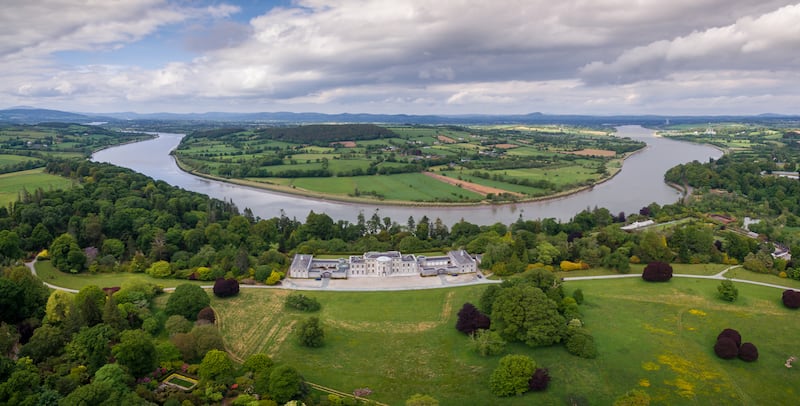
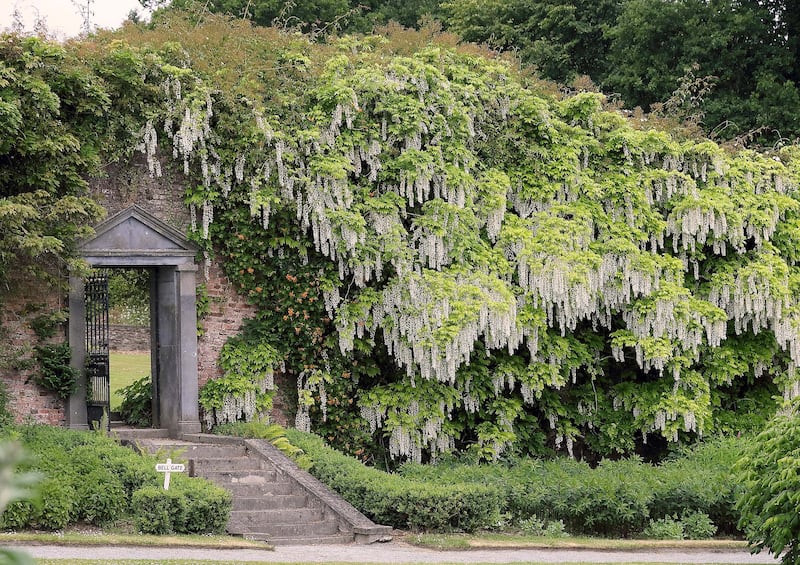
As for Mount Congreve, since 2018 the house and garden have been under the management of Waterford County Council, which has subsequently undertaken major redevelopment work on the estate to the tune of €6 million, a sum funded with the support of the Rural Regeneration Fund and Fáilte Ireland.
READ MORE
This month sees the formal opening of this great Irish garden to the public, with a range of modern facilities in place. These include a very handsome new visitor centre, gift shop and restaurant, and 16km of garden paths and trails, while work on the house, its four-acre walled garden, a new eco playground’ and wetlands walkway for dog owners is well under way, and the restoration of its Georgian glasshouse is scheduled to begin next year.
Waterford County Council have also teamed up with Waterford Wexford Education and Training Board to run a Masters QQI Level 5 hands-on gardening course in a new school of horticulture, headed up by the talented garden designer Gerard Mullen, to be based in the west wing of Mount Congreve house.
It’s fair to say that some parts are still a little rough and unfinished around the edges; the new hard landscaping in some areas need to be finessed, for example, while I’m not convinced by the garden’s new signage (I couldn’t help thinking that the life-size cut-out of its former owner wouldn’t have pleased him). The walk from the car park to the house and gardens is also an uphill one that some will find taxing. But these details aside, it marks the beginning of a new, exciting and very important chapter in the history of Mount Congreve, which was left in trust to the State by its former owner and creator Ambrose Congreve.
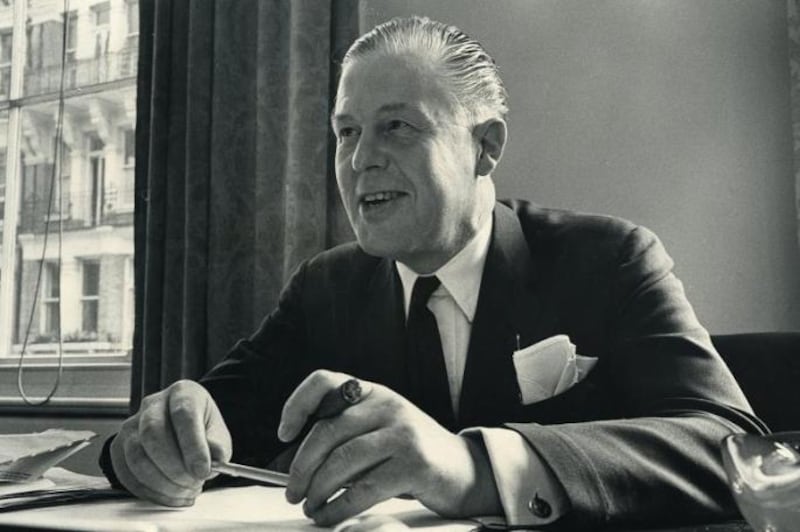
Situated on 76 steeply sloping acres of acidic soil with views out over the winding River Suir, Mount Congreve’s mature woodland gardens in rural Waterford were Congreve’s enduring passion, one sustained unfalteringly until his death in 2011, after an extraordinary life that some say inspired the writer Ian Fleming, his lifelong friend. A recipient of the prestigious RHS Veitch Memorial medal, he was on his way to London’s Chelsea Flower Show when he died from a sudden heart attack at the age of 104.
Certainly there’s a whiff of Bond about Congreve that inclines you to believe that glimmers of the man have been woven into Fleming’s best-known character. Famously dapper, urbane, witty and a stickler when it came to matters of social etiquette, according to his obituary in the UK’s Telegraph, Congreve worked in Air Intelligence for Plans and in Bomber Command and then in the Ministry of Supply during the second World War. Meanwhile, according to his obituary in this paper, “liveried staff from Kerala in India served at his table”.
Someone who knew him better than most is Mount Congreve’s head gardener Michael White, who first came to work at the Waterford garden in 1983 as a youngster fresh out of school and whose memories of his former employer are peppered with fond and funny anecdotes. By then, Ambrose Congreve was in his late seventies and his garden at Mount Congreve was already home to a unique collection of plants. Many came from Congreve’s friend Lionel de Rothschild, the English banker, Conservative politician, plant breeder and creator of one of England’s finest gardens, Exbury.
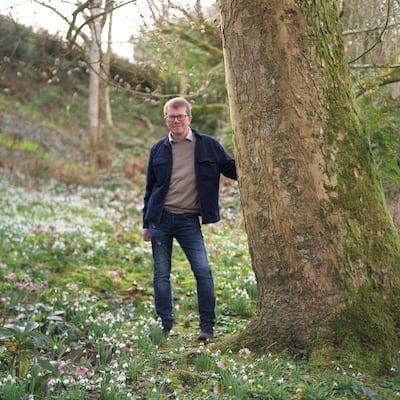
It was Rothschild – a man who once memorably described himself as “a banker by hobby- a gardener by profession” – who really sparked Congreve’s deep love of the quartet of spring-flowering woody plants for which his Irish woodland garden has since become world famous. Today Mount Congreve is home to more than 400 different kinds of magnolia, 1200 kinds of rhododendron and azalea, and close to 780 kinds of camellia.
By the time White arrived in Mount Congreve, much of its planting had already been laid out by the gardens’ former director, the late Herman Dool, who spent four decades helping to develop its distinctive style where very dense, closely planted swathes of single varieties were used for maximum impact. As his successor, a lot of White’s own work has been about decisively and skilfully editing that planting as it has matured.
“That’s still the case to this day. Even the garden’s famous magnolia walks will eventually need to be thinned by as much as 50 per cent to allow the remaining plants space to properly mature. Mr Congreve once jokingly referred to me as ‘a butcher’ on account of how often I removed or pruned plants. But actually we respected and liked each other. He was a very intelligent, knowledgeable man who taught me so much. And he had this marvellous sense of humour ... he enjoyed people who gave as good as they got.”
A worthy recipient of the RHS Waley medal in 2006 for his work in cultivating rhododendrons, White’s long experience in tending to Mount Congreve’s world-class collection, combined with his naturally inquiring mind and voracious appetite for knowledge, have turned him into something of a master propagator and expert breeder in his own right.
“Mr Congreve encouraged my interest and enthusiasm right from the start, but funnily enough he didn’t really experiment with growing magnolias, camellias, rhododendrons or azaleas from seed himself. I once asked him why, and he jokingly replied that he didn’t expect to live that long.”
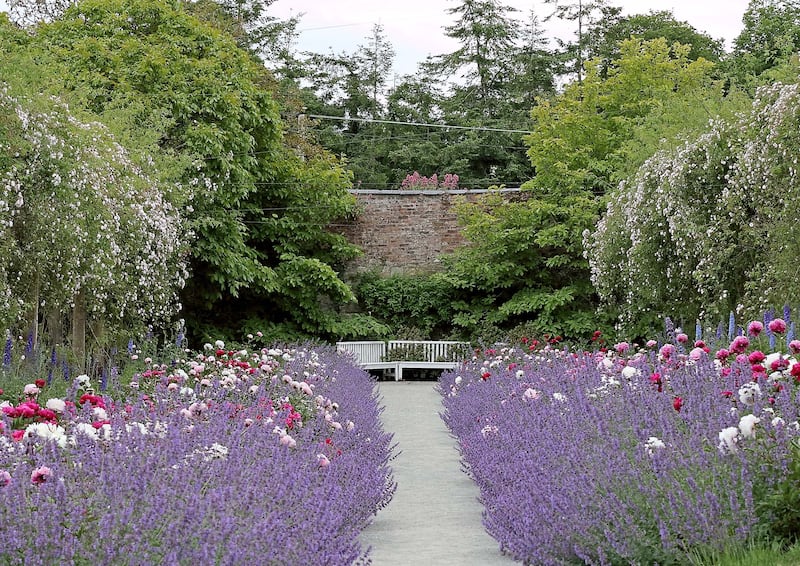
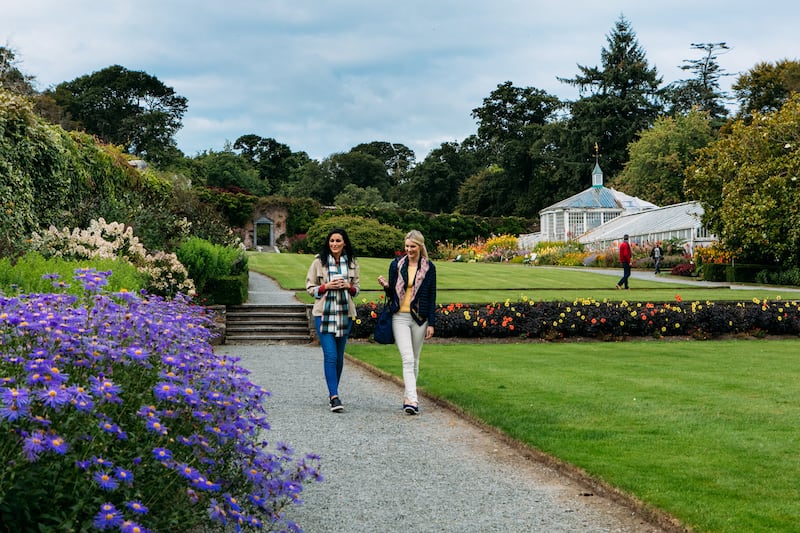
“And it’s true, it does take time ... You’re waiting for a little seedling to get to the point where it’s mature enough to flower, to make a final decision on whether it’s truly garden worthy. That can take a couple of decades. But breeding great plants is not unlike breeding great racehorses and we’re lucky to have a first-class stable of parent stock to choose from here in the gardens of Mount Congreve, while I’ve also studied the stud book of distinguished plant breeders, including Lionel de Rothschild’s for his rhododendrons. I’m also introducing some plants grown from seed sourced from other plant breeders across Europe so that’s been fascinating.
His favourites? “That’s really hard to say. I won’t give them a name unless they’re genuinely distinctive and garden worthy, But we have twenty top quality plants, with a few more waiting in the wings, many named after people associated with the gardens. Among them are Magnolia ‘Hella Doyle’; Magnolia ‘Nelly’s One’; Magnolia ‘Monty’s One’; Magnolia ‘Melanie Colly’ (jokingly named for its drooping flowers); Camellia ‘Mount Congreve’; Rhododendron ‘Ashmount’; Rhododendron ‘Dromana’; and Rhododendron ‘Blarney Castle.”
One of White’s most recent favourites that he’s propagated from seed is Magnolia ‘Adam Clayton’, named in honour of the musician who’s become a devotee of this elegant, exceptionally beautiful spring-flowering genus, and a visitor to the gardens in recent years.
In his essay on Mount Congreve, Peter Dale wrote that Ambrose Congreve “set his sights upon a certain kind of immortality”, something he’s surely achieved with this garden. As its thousands of camellias and magnolias followed by rhododendrons and azaleas burst into spring bloom over the coming months, try to pay it a visit. mountcongreve.com
This week in the garden
Last year’s very wet autumn followed by an exceptionally cold December killed many dahlias tubers left in the ground to overwinter. This is the time to order replacements, bearing in mind that demand is high this year right across Europe as a result of many gardeners finding themselves in the same predicament. Recommended stockists include all good garden centres, mrmiddleton.com; peternyssen.com and famflowerfarm.com
Early March is a good time to lift and divide established clumps of many kinds of perennials. To do this, dig up the clump and plunge two garden forks back to back into the centre of the plant, then slowly lever them away from each other to loosen out sections of the root system. Then quickly replant/ pot on and water each section to help it to establish. For plants with very dense, tough roots, use a garden spade or saw to divide it.
Dates for your diary
Tuesday, March 21st (7pm), Kilkenny Castle, ‘The Greedy Gardener: How to Have Colour at Every Season’, a talk by Rose Maye on behalf of OPW as part of its annual free series of gardening talks, see kilkennycastle.ie
Saturday, March 25th, McAuley Place, Sallins Road, Naas, W91 D62E ‘Social Therapeutic Horticulture in Ireland: 2023 Roadmap’, a one-day seminar organised by the newly formed Association of Social and Therapeutic Horticulture Facilitators of Ireland (ASTHFI) on creating an all-Ireland network to provide nature-based social and therapeutic experiences, tickets available via eventbrite.ie
Sunday, March 26th (10am-4pm), Killrudddery House & Gardens, Bray, County Wicklow, ‘Plan & Propagate Your Own Edible Flower garden’, a one-day workshop with the writer, horticulturalist and former Guardian columnist Alys Fowler, €165, includes lunch and refreshments, see killruddery.ie













